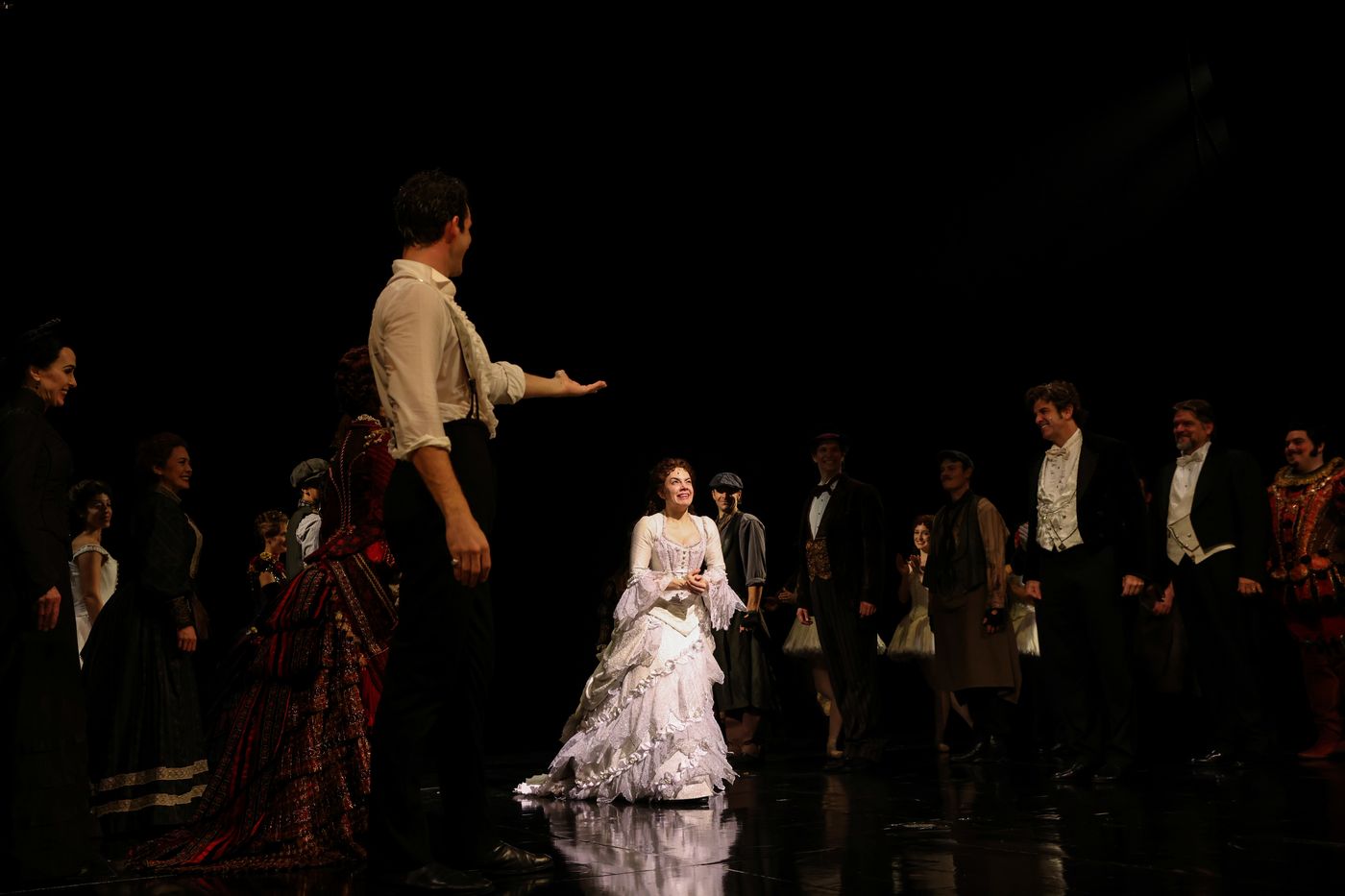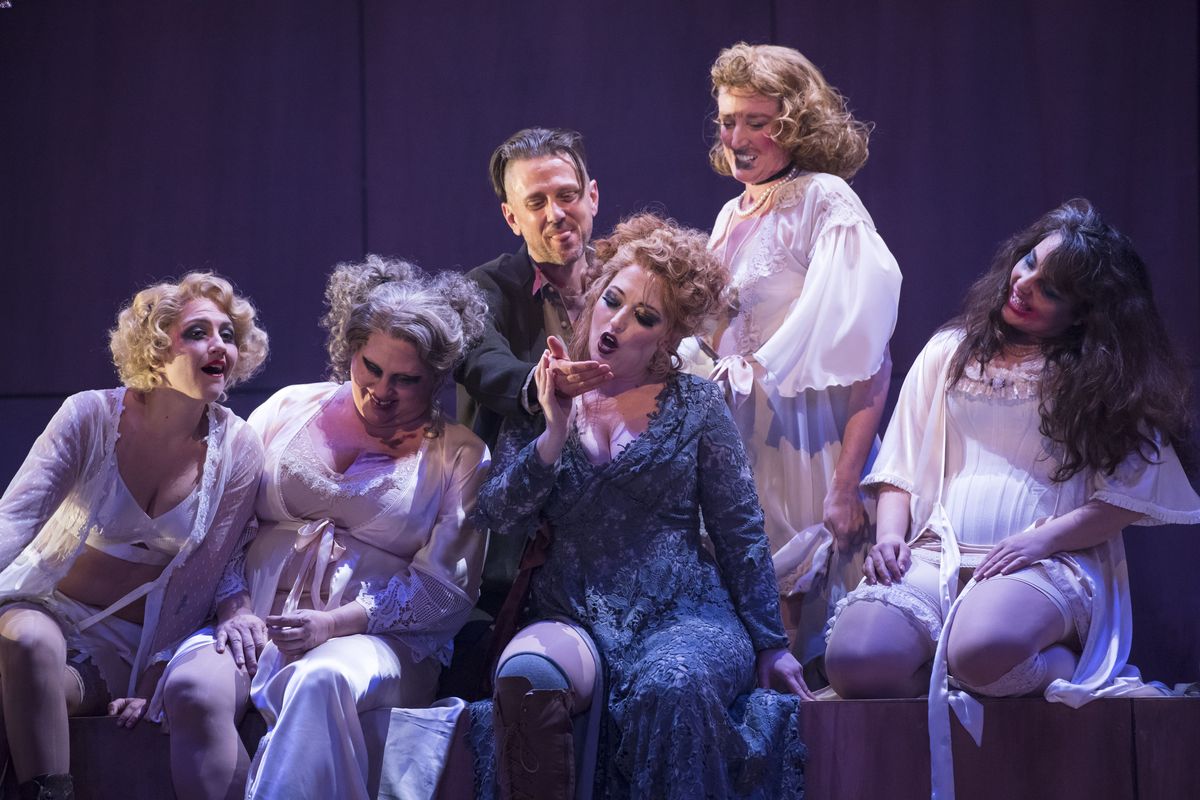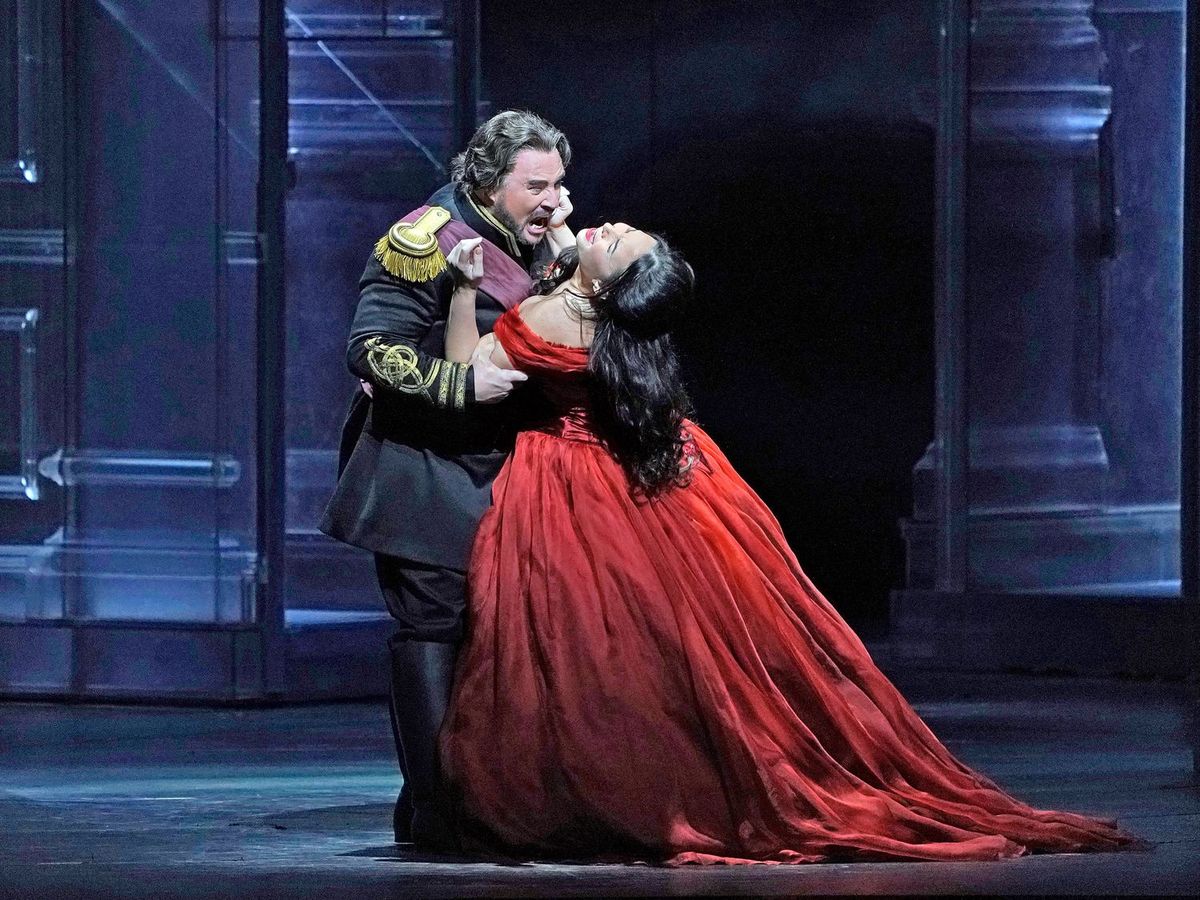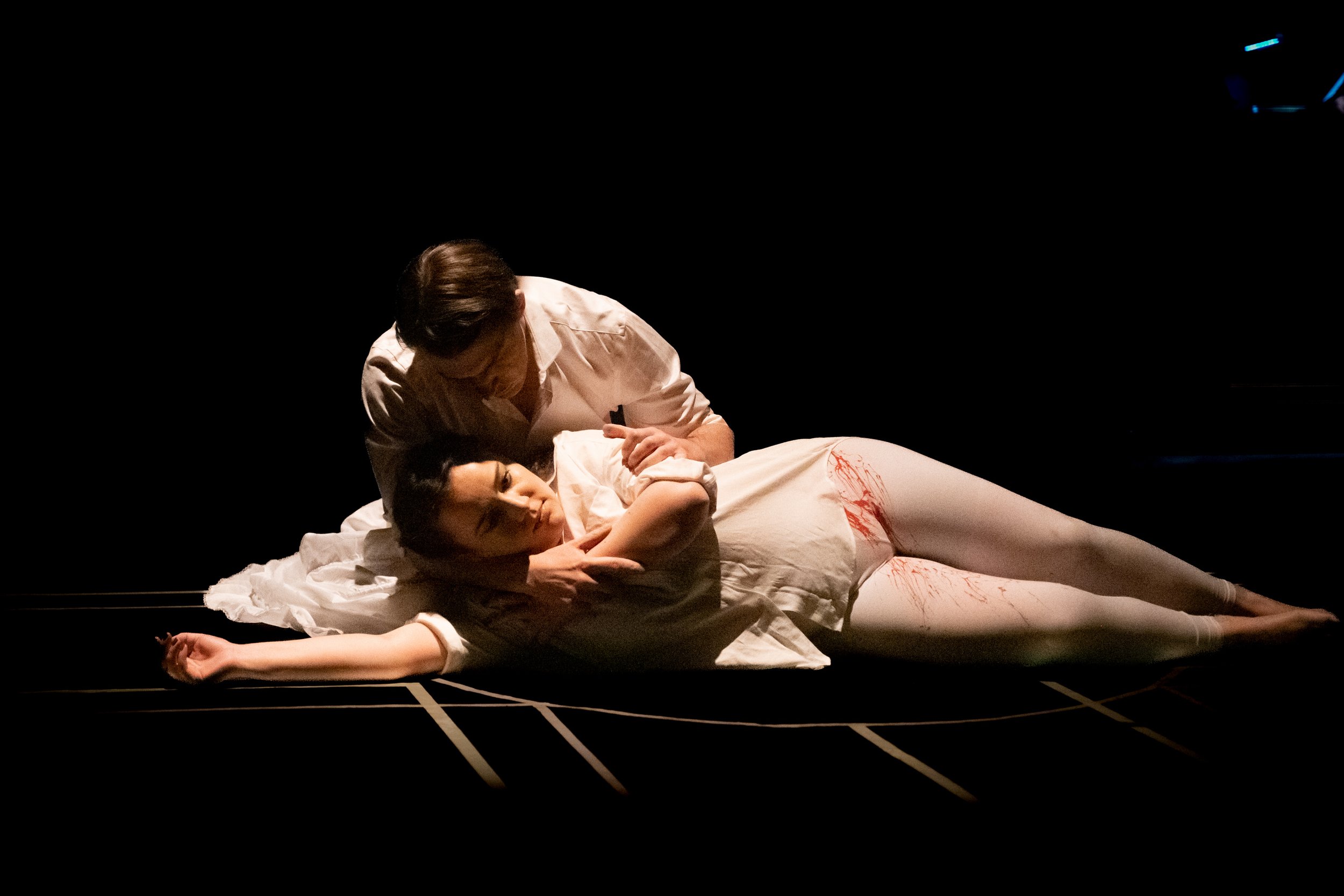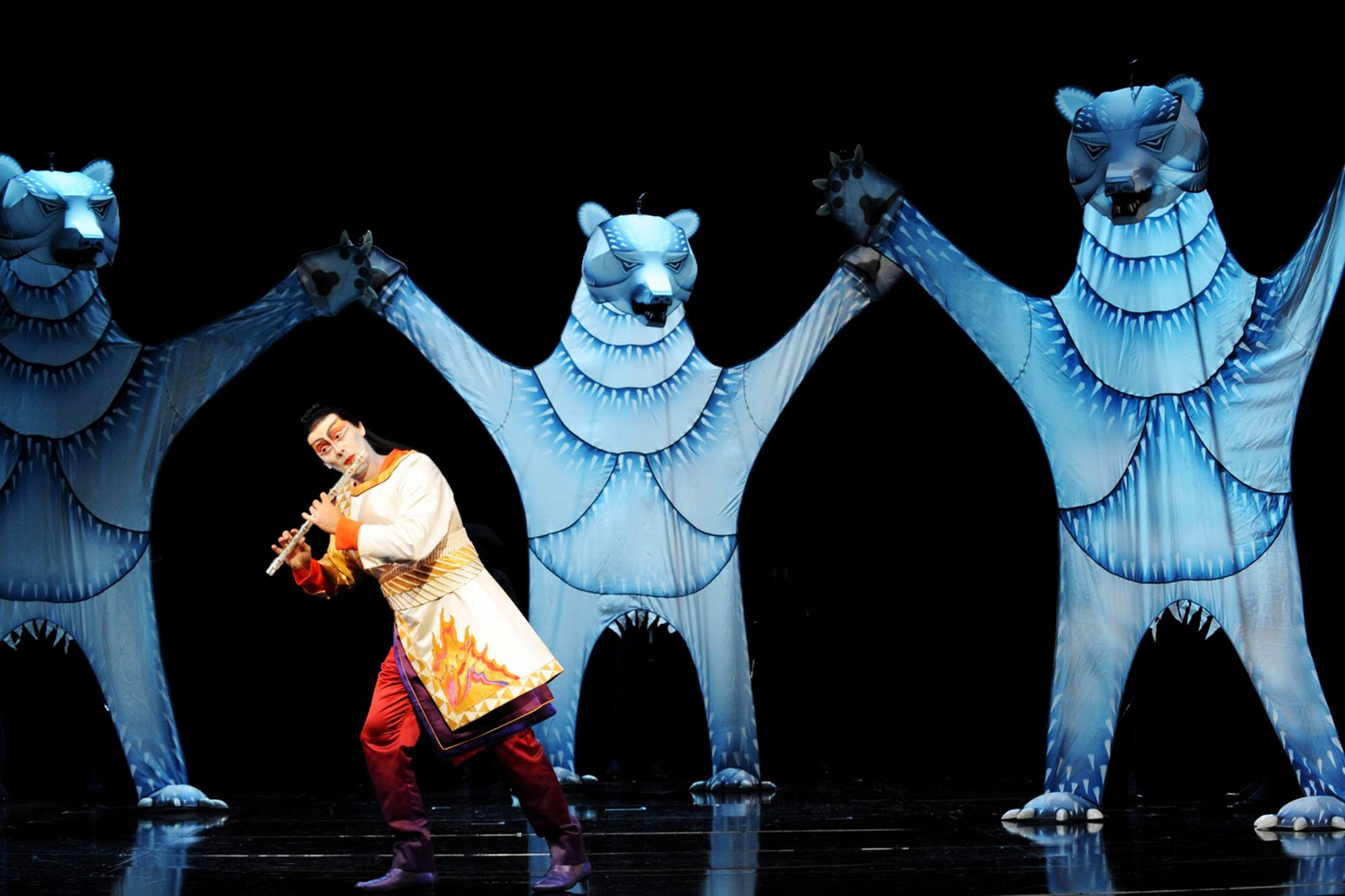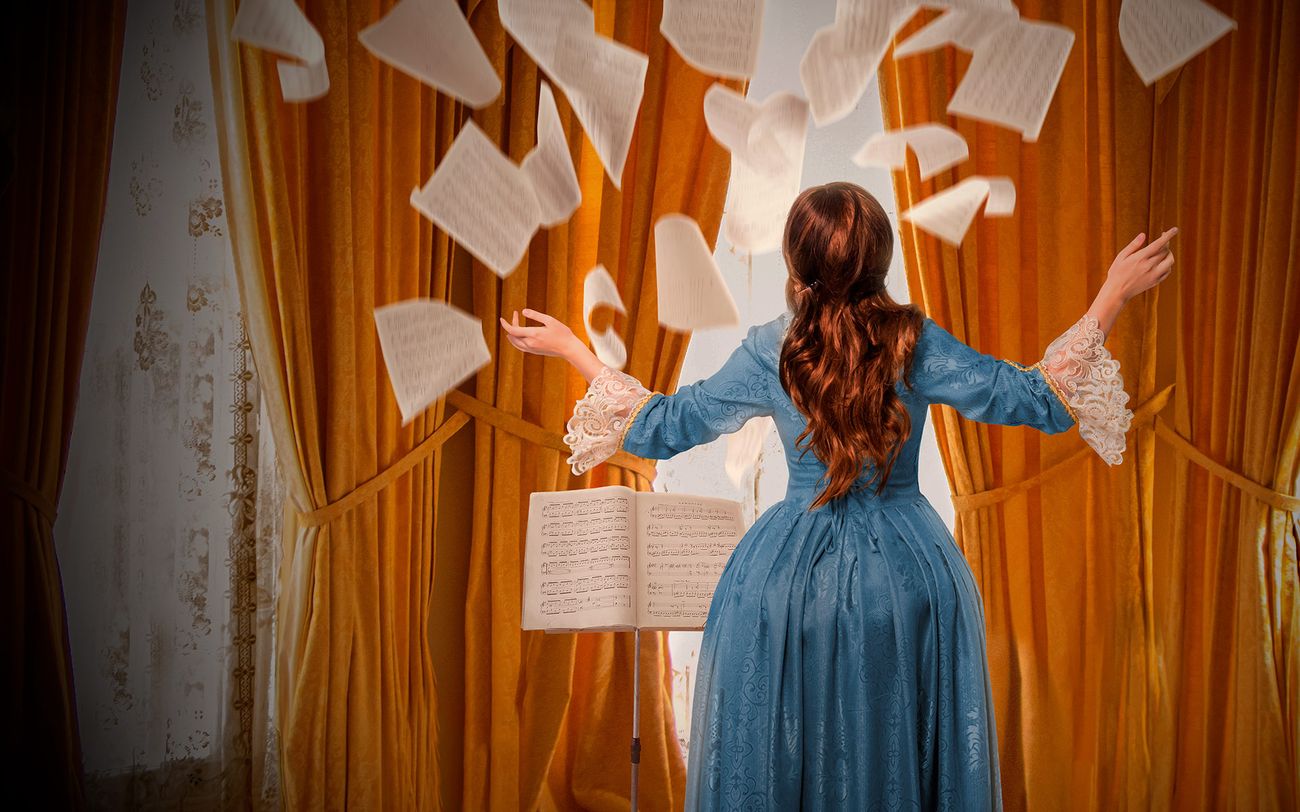Home>Events & Info>Opera>How Long Is La Boheme Opera


Opera
How Long Is La Boheme Opera
Published: January 5, 2024
Discover the duration of Puccini's masterpiece, "La Boheme" opera and immerse yourself in the timeless world of opera. Experience the magic of this beloved art form today!
(Many of the links in this article redirect to a specific reviewed product. Your purchase of these products through affiliate links helps to generate commission for AudioLover.com, at no extra cost. Learn more)
Table of Contents
Introduction
Opera enthusiasts and music lovers alike are often captivated by the beauty and grandeur of the opera. With its combination of powerful vocals, intricate orchestral scores, and compelling storytelling, opera has been revered as an art form for centuries. Among the countless opera productions that have graced the stage, one of the most beloved and frequently performed works is La Boheme.
La Boheme, composed by Giacomo Puccini, is an iconic opera that first premiered in 1896. Set in the bustling bohemian quarter of 19th-century Paris, the opera portrays the lives and struggles of a group of young artists, their romantic relationships, and their pursuit of artistic fulfillment. La Boheme is renowned for its emotive score and heartfelt storytelling, which has made it a fan favorite throughout the decades.
Opera performances are renowned for their grandeur and the immersive experience they provide for the audience. Attending an opera can be a memorable event, as it brings together a myriad of artistic elements, including singing, acting, sets, costumes, and orchestra. However, one question that often arises amongst opera-goers is the length of the performance.
In this article, we will explore the duration of La Boheme opera performances, the factors that can influence the length, and how it compares to other operas. Whether you are a seasoned opera aficionado or new to the world of opera, understanding the duration of a performance can help you plan your evening and fully immerse yourself in the captivating world of La Boheme.
Overview of La Boheme Opera
La Boheme, often referred to as an “opera of the people,” is a four-act opera composed by Giacomo Puccini with libretto by Luigi Illica and Giuseppe Giacosa. It tells the poignant story of love, friendship, and the struggles of young artists in Paris in the 1830s. The opera is based on the literary work “Scènes de la vie de bohème” by Henri Murger.
The narrative revolves around the lives of four main characters: Rodolfo, a poet; Mimi, a seamstress; Marcello, a painter; and Musetta, a singer. The opera showcases their relationships, dreams, and hardships, painting a vivid picture of bohemian life in the Latin Quarter of Paris. The story is a perfect blend of romance, drama, and tragedy, captivating audiences with its emotional intensity and sincerity.
From the iconic meeting between Rodolfo and Mimi in a cold attic to the boisterous and lively scenes in the Latin Quarter’s cafes and streets, La Boheme takes its audience on a rollercoaster of emotions. Puccini’s mastery is evident in the opera’s score, which seamlessly blends lush melodies, soaring arias, and harmonious ensemble pieces.
La Boheme has become synonymous with Puccini’s ability to evoke raw human emotion through music. The opera’s famous arias, such as “Che gelida manina” and “O soave fanciulla,” showcase the characters’ vulnerability and passion, tugging at the heartstrings of the audience. The orchestral arrangements beautifully accompany the voices, creating a powerful and immersive experience.
Over the years, La Boheme has been staged in opera houses around the world, solidifying its status as one of the most performed operas in history. Its universal themes of love, friendship, and the pursuit of one’s dreams resonate with audiences of all backgrounds and cultures.
The enduring popularity of La Boheme can be attributed not only to its musical brilliance but also to its relatability. The characters’ yearnings for love, connection, and artistic expression transcend time and place, making their struggles and triumphs resonate with audiences of today.
Now that we have an overview of La Boheme’s storyline and its significance in the world of opera, let us delve into the duration of this captivating production
Length of La Boheme Opera Performances
The duration of a La Boheme opera performance can vary depending on various factors, such as the production style, the interpretation of the director, and the pace at which the performers deliver their lines and music. On average, a typical performance of La Boheme lasts approximately two and a half to three hours, including intermissions.
The opera is traditionally divided into four acts, each depicting different aspects of the characters’ lives and relationships. The first act introduces the audience to the bohemian world, where Rodolfo and Mimi meet and fall in love. The second act takes place in a vibrant Parisian café, showcasing the lively atmosphere and the characters’ interactions. The third act explores the complexities of the relationships further, and the final act brings the heartbreaking climax and resolution.
Although the general structure of the opera remains consistent, individual productions may choose to vary the pacing and duration of each act. A director’s interpretation and vision for the opera can influence the tempo and the amount of time dedicated to certain scenes, adding unique elements or emphasizing specific aspects of the story.
Additionally, the musical interpretation can impact the length of the performance. Conductors and orchestras may have their own tempos and nuances, which can contribute to minor differences in the overall duration. A more leisurely interpretation can extend the runtime, allowing the music to breathe, while a faster pace may trim the performance slightly.
It is essential to consider that during a live performance, unexpected changes or adjustments can occur. These can be due to onstage improvisation, technical issues, or the performers’ natural variations in tempo and dynamics. Such unplanned occurrences can slightly affect the overall duration of a specific performance.
For those attending a La Boheme opera performance, it is advisable to check the specific running time and any potential variations in the program, as these details may be subject to change from one production to another. The official websites of opera houses or ticketing platforms usually provide accurate information regarding the duration of the performance.
Despite the variations in duration, the captivating tale of love and loss portrayed in La Boheme remains emotionally intense and immersive, ensuring that audiences are entranced for the entire performance.
Now that we have explored the length of a La Boheme opera performance, let us delve into the factors that can influence the duration of the opera.
Factors Affecting the Duration of La Boheme Opera
The duration of a La Boheme opera performance can be influenced by several factors, which can vary from one production to another. These factors contribute to the overall experience and can impact the pacing, timing, and length of the opera.
1. Production Style: Different directors and production teams may have unique interpretations of La Boheme, which can influence the duration. Some productions may choose to take a more traditional approach, adhering closely to the original score and libretto, while others may opt for a more modern or experimental staging. These stylistic choices can add or subtract moments, affect the pacing, or introduce additional scenes, ultimately impacting the runtime of the opera.
2. Director’s Vision: The director’s vision plays a significant role in shaping the duration of the opera. They have the creative freedom to emphasize certain scenes, introduce new elements, or streamline the storytelling. The director’s choices can affect the flow and development of the narrative, resulting in variations in the length of individual acts or the overall performance.
3. Performers’ Interpretation: The performers themselves, including the singers and actors, also contribute to the duration of the opera. Each performer brings their unique interpretation, taking their time with certain phrases or adding dramatic nuances. While these artistic choices enhance the authenticity and emotional depth of the performance, they can subtly impact the runtime.
4. Musical Interpretation: Conductors and orchestras have their own musical interpretations, which can influence the tempo and pacing of the opera. A conductor’s choice to linger on a particular phrase or to quicken the tempo can affect the duration of the performance. Additionally, different orchestras may have varying approaches to the score, resulting in slight variations in timing.
5. Technical Aspects: The technical aspects of the production, such as set changes, costume transitions, and intricate stage effects, can also impact the duration. These elements require precise timing and coordination, and any unexpected complications or delays can extend the length of the performance.
Given these factors, it is essential for opera-goers to be aware that the duration of La Boheme opera performances can vary. While the overall structure and storyline remain consistent, the influences of production style, director’s vision, performers’ interpretation, musical choices, and technical aspects contribute to the unique experience of each performance.
Now that we understand the factors affecting the duration of La Boheme, let us explore how it compares to other well-known operas.
Comparisons with Other Operas
When considering the duration of La Boheme opera performances, it is interesting to compare it to other well-known operas. Different operas have varying lengths, and understanding these differences can help opera enthusiasts and newcomers plan their opera experiences.
La Boheme, with its average runtime of two and a half to three hours, falls within the standard duration for many popular operas. However, some operas are known for their shorter or longer performances. For instance, Mozart’s The Magic Flute typically runs for around two and a half hours, while Wagner’s epic opera, The Ring Cycle, can last for over 15 hours, spread across several nights.
Verdi’s timeless masterpiece, La Traviata, often clocks in at around two and a half to three hours, similar to La Boheme. Another of Puccini’s renowned works, Madama Butterfly, typically lasts around two and a half to three hours as well.
On the other end of the spectrum, Richard Strauss’s ambitious opera, Die Frau ohne Schatten, has a runtime of approximately four hours. Giuseppe Verdi’s Aida, with its grand scale and elaborate staging, can also extend to about four hours.
It is essential to note that these durations are approximations and can vary slightly depending on the specific production, conductor, and interpretation. Additionally, some opera houses may make cuts or alterations to decrease the runtime and accommodate the audience’s preferences or logistical considerations.
Each opera’s length is determined by various factors, including the number and complexity of musical numbers, the extent of dialogue or spoken sections, and the pacing of the narrative. Additionally, the composer’s style and the era in which the opera was written can also influence its duration.
Ultimately, the duration of an opera is a carefully balanced creation. Composers, librettists, and directors work in harmony to create a theatrical experience that both captivates the audience and respects the artistic vision. The length is carefully considered to ensure that the story is effectively told, the music is given proper emotional resonance, and the performers have ample opportunities to showcase their talents.
Whether attending a shorter or longer opera, each performance offers a unique and immersive experience that transports the audience into the world of music, drama, and spectacle.
Now that we have explored the comparisons with other operas, let’s conclude our discussion on the length of La Boheme opera.
Conclusion
La Boheme, with its timeless storyline and captivating music, holds a special place in the world of opera. As we have explored, the duration of La Boheme opera performances can vary but generally falls within the range of two and a half to three hours. However, it is important to consider that factors such as production style, director’s vision, performers’ interpretation, musical choices, and technical aspects can impact the length of a specific performance.
Comparing La Boheme to other well-known operas, we see that its duration is in line with many beloved works in the opera repertoire. Each opera carries its own unique length, influenced by various factors such as the composer’s style, the narrative structure, and the performance choices of directors and conductors.
Attending a La Boheme opera performance offers an opportunity to immerse oneself in the world of 19th-century bohemian Paris, experiencing the emotional journey of the young artists and their quest for love and artistic fulfillment. The opera’s hauntingly beautiful melodies, heartfelt arias, and powerful ensemble pieces create a memorable and enriching experience for both seasoned opera-goers and newcomers alike.
Whether you are planning to attend La Boheme or any other opera, it is always advisable to check the specific details of the performance, including the running time, as they can vary from one production to another.
As lovers of the opera, let us embrace the rich tapestry of the art form, appreciating the diverse durations and styles that make each performance a unique and unforgettable experience. Whether La Boheme or any other opera, may the beauty of the music and the power of the storytelling continue to inspire and transport us to new emotional heights.

